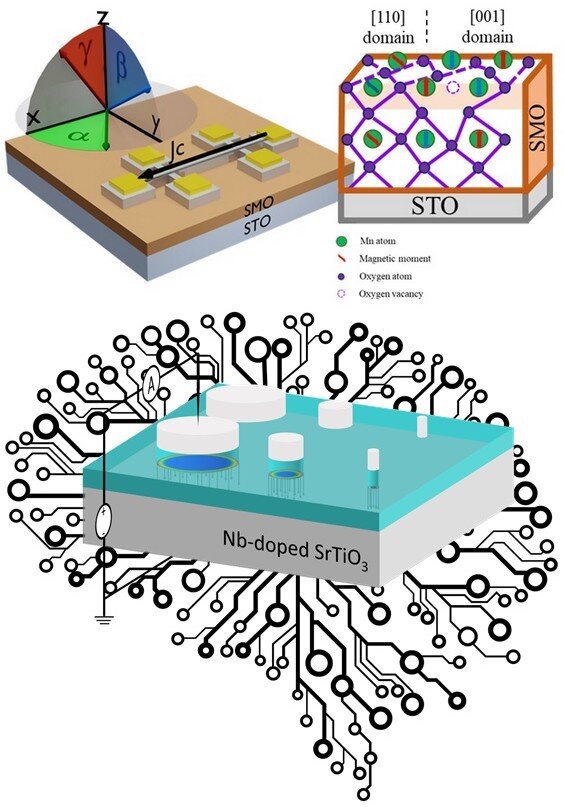
As the evolution of standard microchips is coming to an end, scientists are looking for a revolution. The big challenges are to design chips that are more energy efficient and to design devices that combine memory and logic (memristors). Materials scientists from the University of Groningen, the Netherlands, describe in two papers how complex oxides can be used to create very energy-efficient magneto-electric spin-orbit (MESO) devices and memristive devices with reduced dimensions.
The development of classic silicon-based computers is approaching its limits...
Read More








Recent Comments